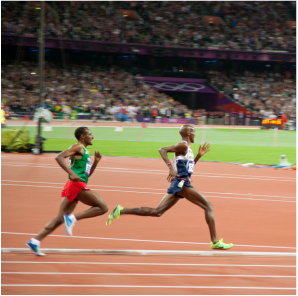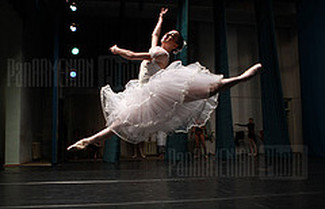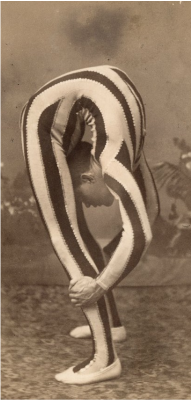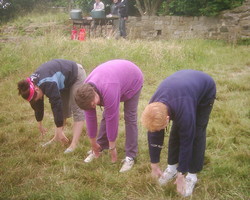|
Myth No. 1. Stretching is a good way to warm up We warm up to prepare the body and mind for the activity ahead by increasing circulation and body temperature. Stretching alone is an ineffective method of warming up - imagine trying to cook a steak by pulling at it! Taking joints through the full range of motion that they are about to experience is helpful in preparing the coordination needed to perform the activity safely. However, stretching for increased flexibility as part of the warm up can lead to a reduction in performance. Furthermore, a static stretch routine at the end of a warm up can be counterproductive - giving the body time to cool down again!  Mo Makes his move. Al King. CC-BY-2.0 Mo Makes his move. Al King. CC-BY-2.0 Myth No. 2. My muscles are tight because of my sport I hear this all the time, particularly from running enthusiasts. But look at Mo Farah! Those effortless long strides depend on his functional range of movement. If athletes do not stretch out, the muscles become overly rigid and the joints have less range of motion - inhibiting the body from moving freely and reducing performance. Eventually the leg and hip muscles can to start to pull and cause pain, for example in the lower back or knees. For all people, whether athletic or not, without flexibility, the body is vulnerable to acute injuries, or over time, to chronic and intense pain that affects daily life. Myth No. 3. Stretching prevents muscle soreness |
AuthorFitness and Pilates instructor with a passion for science. Archives
November 2021
Categories |



 RSS Feed
RSS Feed
